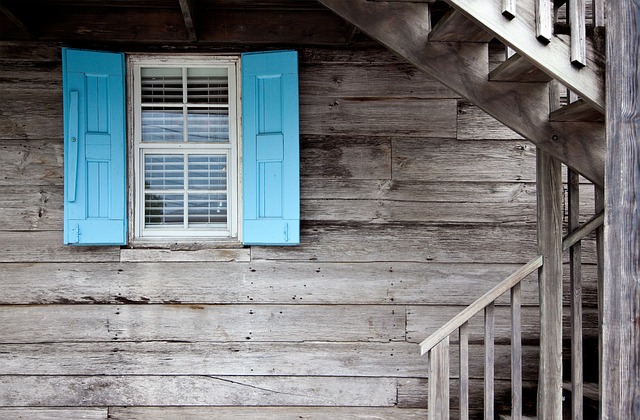The Art of Designing a Wooden House: A Fusion of Beauty and Functionality
When you think of a wooden house, what comes to mind? Perhaps it’s a cozy retreat nestled among towering pines or a modern masterpiece harmoniously blending into its natural surroundings. The art of designing a wooden house is not merely about creating shelter; it is a thoughtful amalgamation of beauty and functionality, a dance between human creativity and nature’s gifts.
At its core, architecture is an art form. Each line, curve, and texture plays a vital role in forming a symphony that resonates with the environment. The use of wood as a primary material evokes warmth and serenity, transcending the mundane concrete structures that often dominate urban landscapes. When designing a wooden house, one must consider how the aesthetic elements can enhance the character of the home while maintaining practicality and durability.
Emphasizing natural light is one of the critical aspects of wooden house design. Large windows and open spaces encourage light to spill into every nook, creating a bright and welcoming atmosphere. Imagine waking up in a room where the morning sun drapes over the wooden beams, casting intricate shadows that change with the passage of time. This interplay between light and wood not only boosts mood but also becomes a living piece of art, continuously transforming with the day’s rhythm.
Another foundational aspect of design is the integration of the wooden house with its surrounding environment. Architects and designers often lean into the landscape instead of opposing it. Whether nestled in a lush forest or perched on a cliff overlooking the sea, a wooden house can either stand out or blend in seamlessly. By thoughtfully selecting local timber and maintaining a design that respects the context, the structure breathes life into the location rather than imposing upon it.
Moreover, the tactile experience of wood adds an unparalleled layer to the home’s design. Unlike cold, hard surfaces, wood feels alive; it is warm to the touch and has its unique grain and texture. This inherent characteristic invites exploration and interaction, making every room a place of discovery. Incorporating various wood types can enhance visual interest and create an eclectic mix that reflects the inhabitants’ personality and style.
Functionality in a wooden house is just as paramount as beauty. Smart design maximizes space without sacrificing aesthetics. Open floor plans, multi-functional furniture, and logical placements of storage seamlessly marry comfort and usability. A wooden house can be both a sanctuary and a hub of activity, adapting to the needs of its inhabitants while still maintaining its artistic integrity.
Lastly, sustainability plays a crucial role in the modern design of wooden houses. With a growing awareness of environmental concerns, using responsibly sourced wood and eco-friendly building practices reflects a commitment to preserving the beauty of our planet. This intentionality not only enhances the overall design ethos but also connects a wooden house to the cycles of nature, serving as a reminder of our responsibility toward the world we inhabit.
The art of designing a wooden house is a beautiful and intricate process, one that harmonizes creativity with practicality. It transforms a simple living space into a canvas where art, life, and nature converge, creating a true embodiment of beauty and functionality. In the end, the wooden house stands not just as a structure, but as a loving home that narrates the story of those who dwell within its walls.




